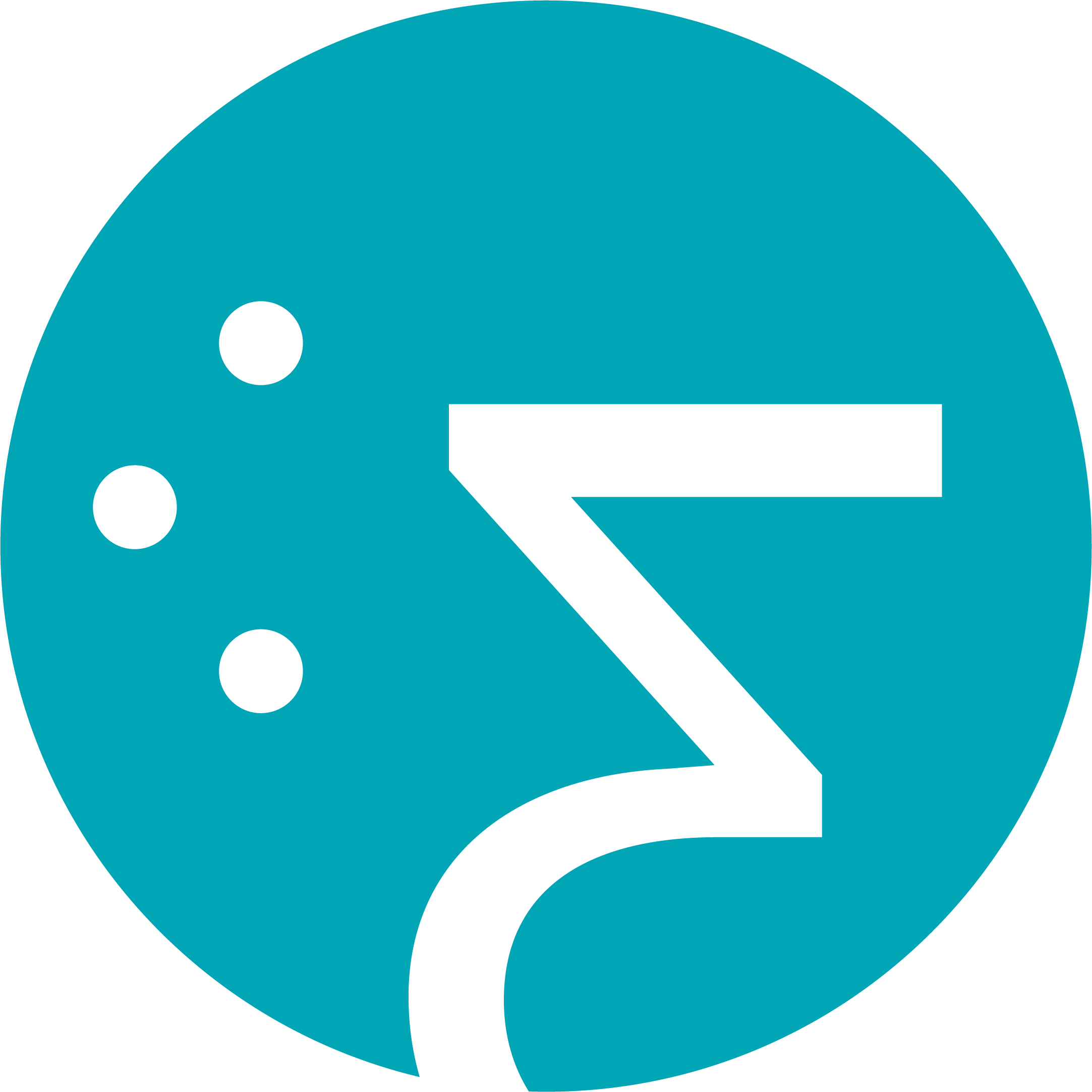What's the difference between SaaS and Managed Services?
THINKstrategies research has found that enterprises of all sizes are rapidly adopting software-as-a-service (SaaS) and managed services to overcome the hassles and costs of implementing traditional packaged applications and administering their IT/network systems.
A recent THINKstrategies survey, conducted in conjunction with the Cutter Consortium, found that almost a third of the respondents are already using SaaS and another third are considering SaaS, with the vast majority expecting to adopt SaaS in 2006. The survey also found over 90% of the current SaaS users are satisfied with this new application delivery model, 86.5% expect to acquire additional SaaS offerings, and almost 92% would recommend SaaS solutions to others.
Despite this ‘out-tasking’ trend, there is still plenty of confusion among enterprise decision-makers regarding the difference between SaaS and managed services.
Part of the problem stems from the efforts of various SaaS and managed service providers (MSPs) to exploit both of these growth market opportunities by suggesting they are in each when they are really only in one. The other part of the problem is that there is some overlap between SaaS and managed services.
For example, a growing number of network and system management (NSM) vendors are selling and delivering their tools as a software service, but are not managing the customer’s operations. THINKstrategies categorizes these companies as SaaS providers, while others view them as MSPs.
In THINKstrategies’ view, customers subscribe to SaaS in order to acquire an IT or business functionality. Therefore, THINKstrategies defines SaaS as the delivery of a software application as a service via the web.
On the other hand, customers subscribe to managed services to offload, or ‘out-task’, a specific IT/business management responsibility. Therefore, we define managed services as any packaged solution in which the provider assumes responsibility for managing a specific IT or business function on an ongoing basis. Although managed services are primarily delivered remotely in an automated fashion, they can be augmented with callcenter or onsite support staff.
Complicating these distinctions further are the terms “on-demand” or “hosting”.
THINKstrategies views both SaaS and managed services as “on-demand” solutions because they are specifically designed to address common application and management needs quickly on an incremental or variable, pay-as-you-go subscription service basis.
THINKstrategies also recognizes that “hosting” can apply to both SaaS and managed services because in each case the provider hosts all or part of the application or management functionality.



